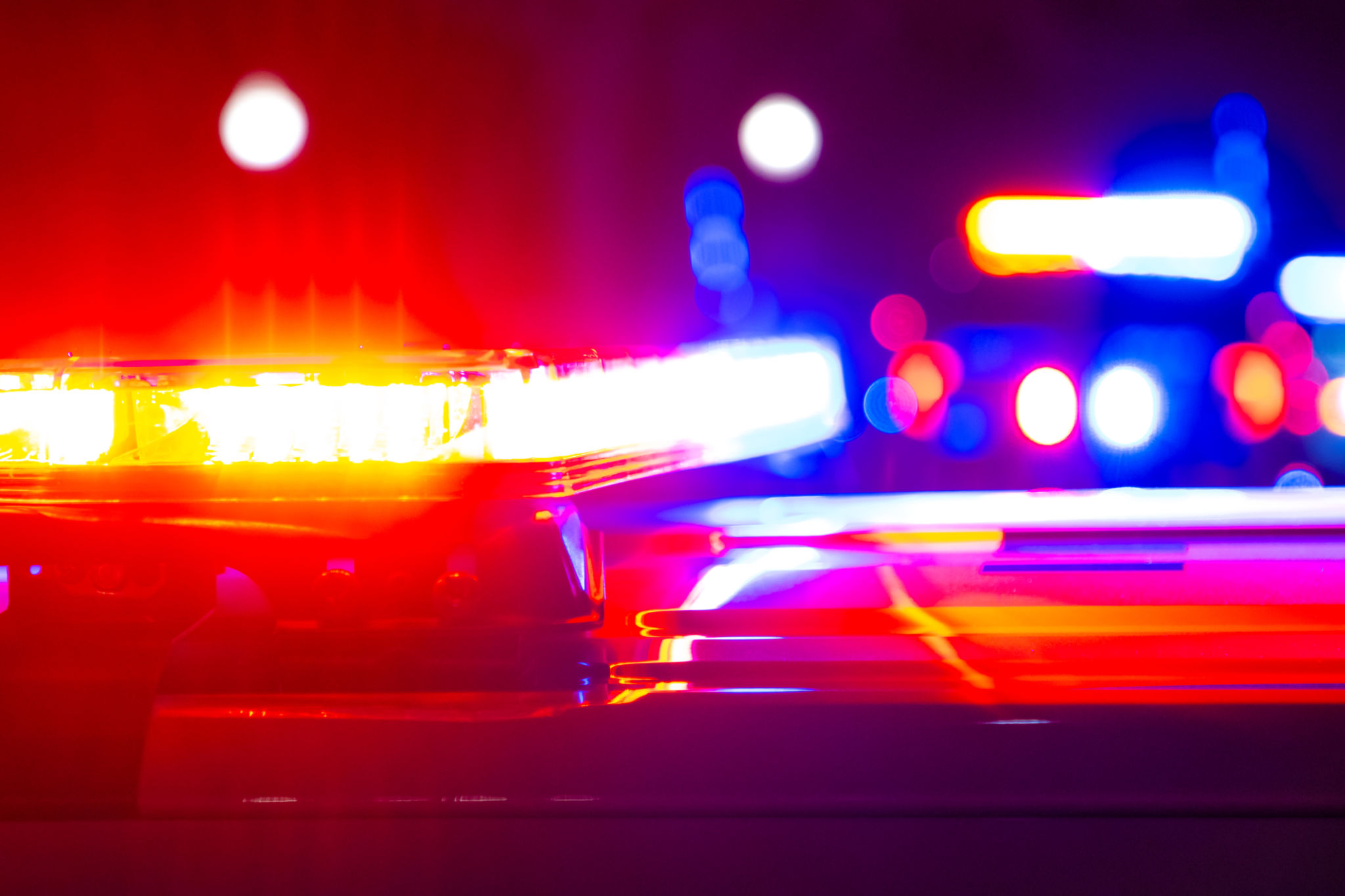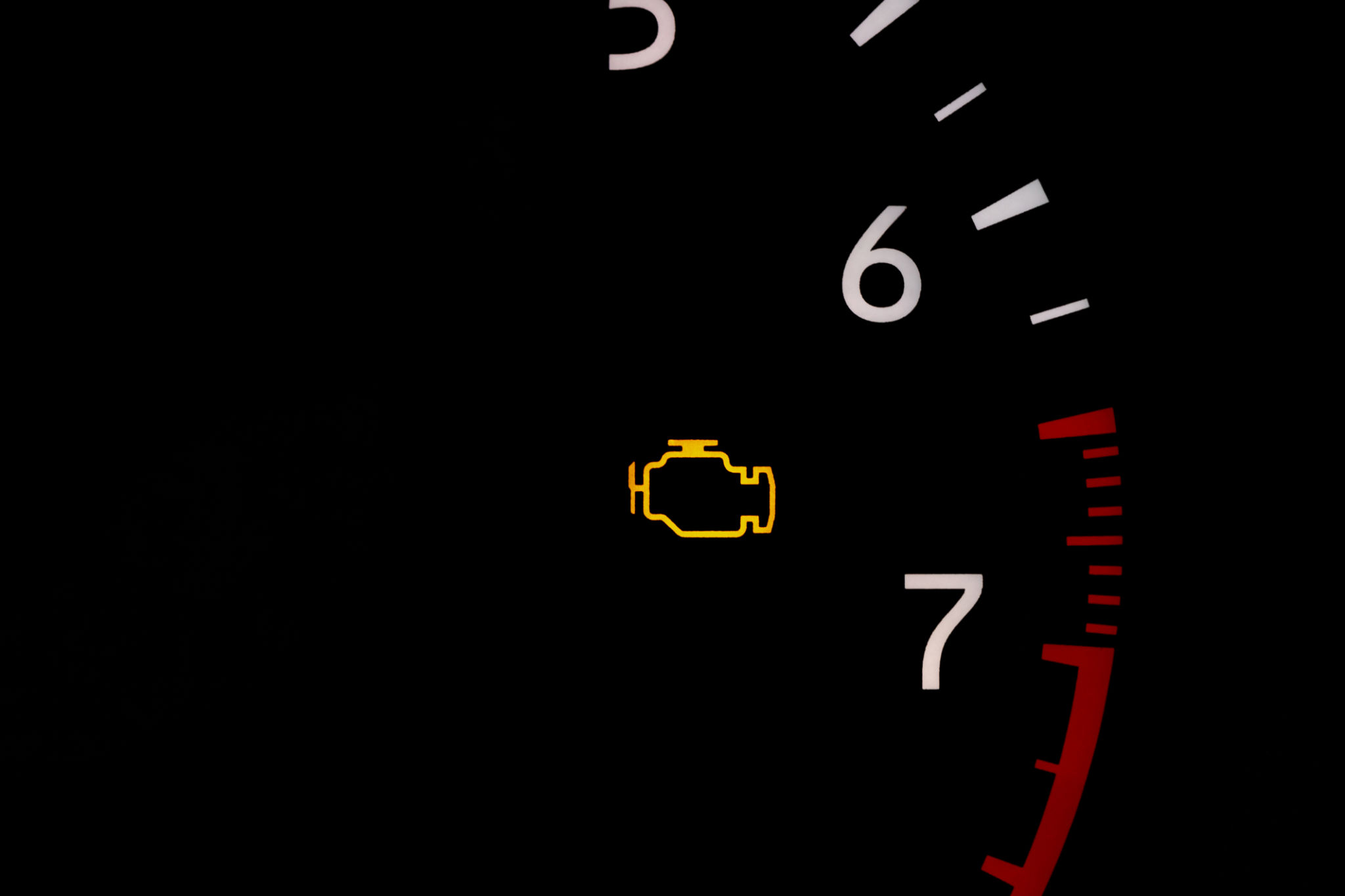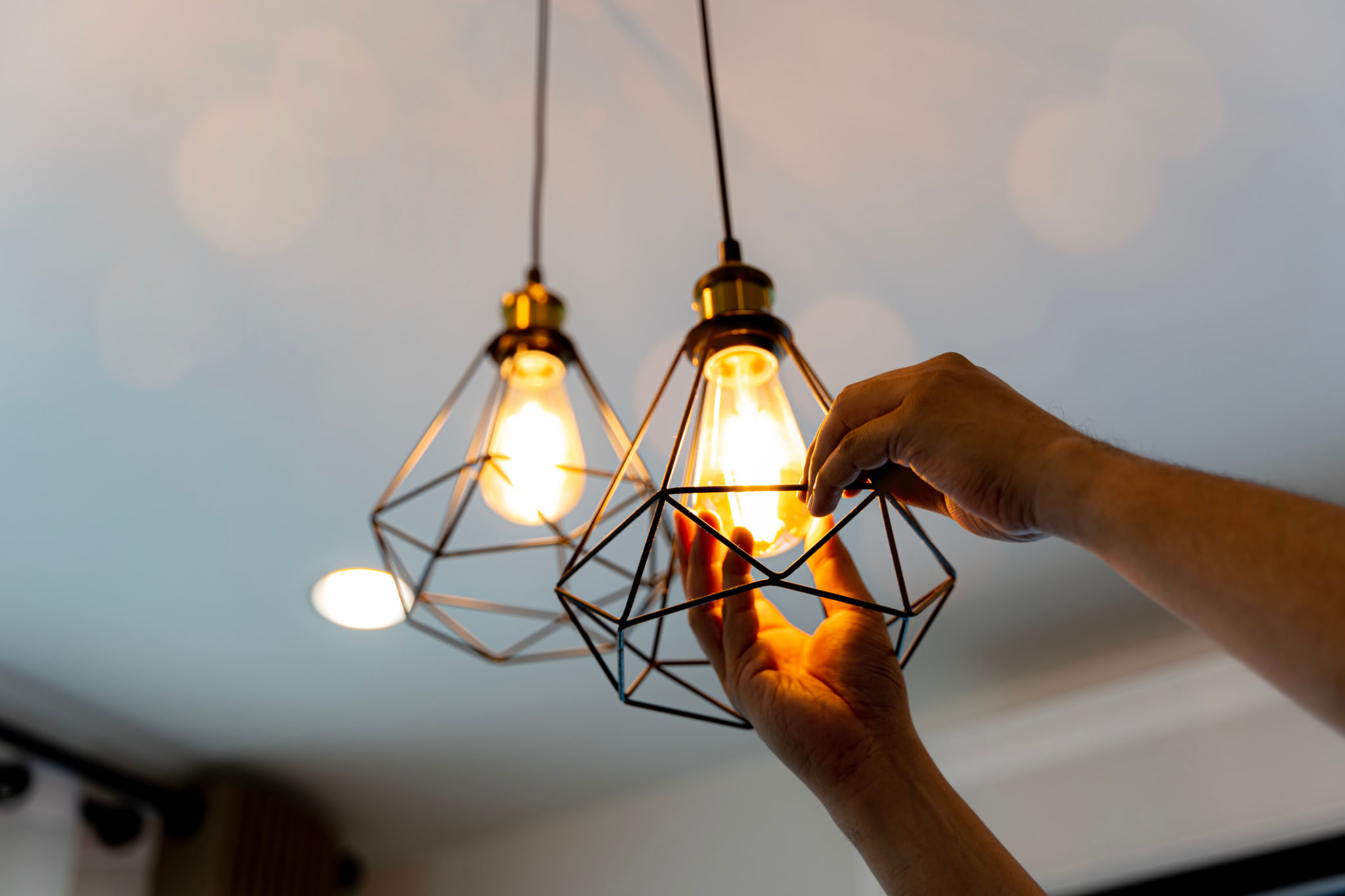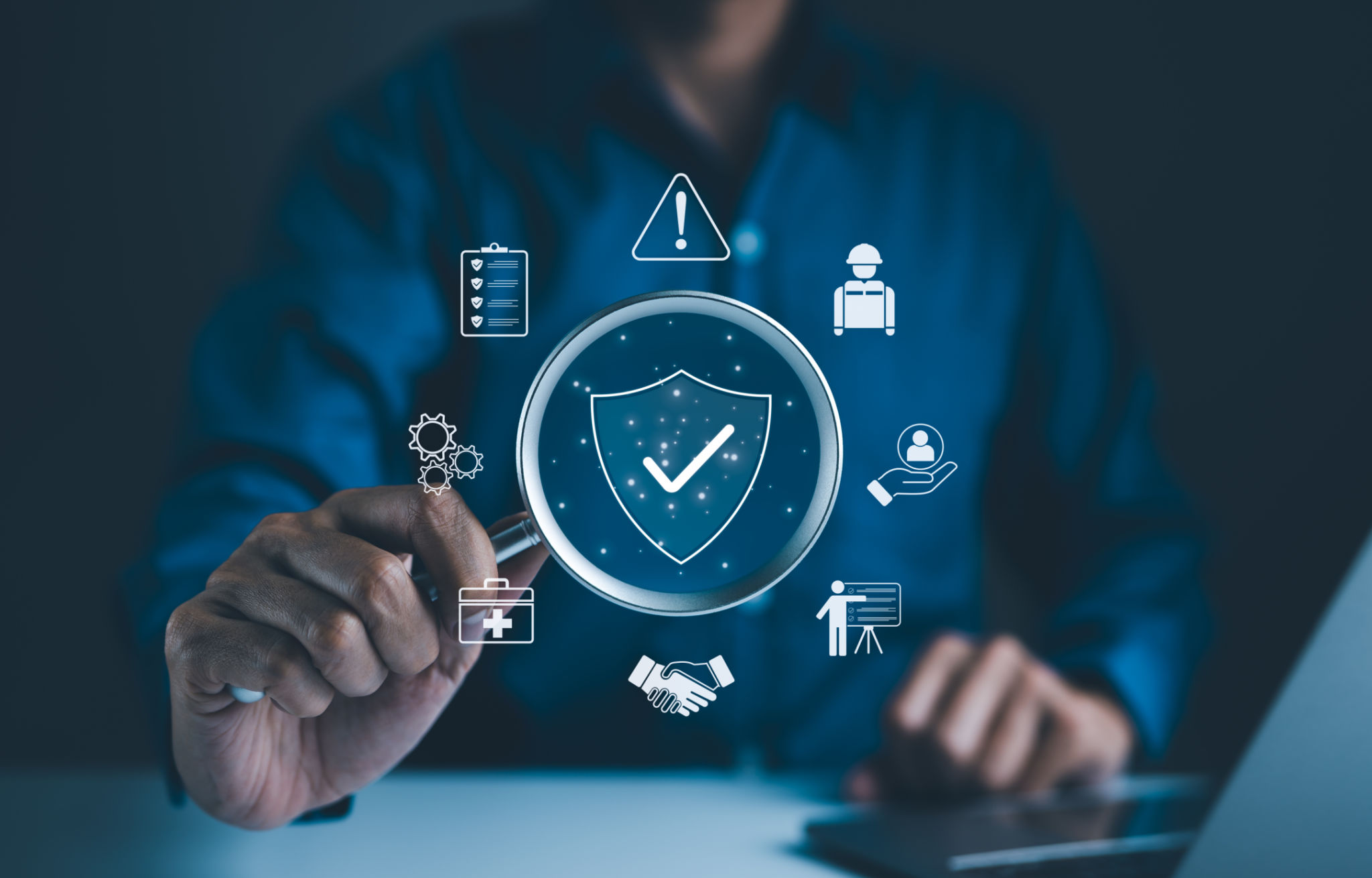Top Tips for Maintaining Your Emergency Lighting Systems
Importance of Regular Maintenance
Maintaining your emergency lighting systems is crucial for ensuring safety and compliance with regulations. Regular upkeep can prevent unexpected failures during emergencies, which could lead to dangerous situations. By prioritizing maintenance, you ensure that your emergency lighting will function correctly when it is most needed.

Emergency lighting systems are designed to provide illumination in the event of a power outage, guiding occupants safely out of the building. These systems are vital in emergency situations such as fires, earthquakes, or power failures. To ensure they operate efficiently, it's essential to incorporate a regular maintenance schedule.
Conducting Monthly Inspections
One of the most effective ways to maintain your emergency lighting system is through monthly inspections. During these inspections, you should:
- Check all lights for functionality.
- Verify that backup batteries are charged and operational.
- Examine the physical condition of light fixtures and replace any damaged components.
Monthly inspections help to identify potential issues before they become significant problems. By addressing these concerns early, you can avoid costly repairs and ensure your system remains reliable.

Testing Procedures
Testing your emergency lighting system is another critical aspect of maintenance. A full system test should be conducted at least once a year. This involves simulating a power failure to ensure that all lights activate properly and provide adequate illumination. During testing, verify that:
- All lights switch on automatically.
- Emergency exits are clearly visible.
- The duration of illumination meets the required standards.
Replacing Faulty Components
Over time, components of your emergency lighting system may wear out or become damaged. It is crucial to replace these faulty parts promptly to maintain system integrity. Common components that may need replacement include bulbs, batteries, and control panels.

When replacing parts, always use components that are compatible with your system and adhere to manufacturer specifications. This ensures optimal performance and extends the lifespan of your emergency lighting system.
Keeping Documentation
Maintaining detailed records of all maintenance activities is essential for compliance and future reference. Records should include:
- Dates of inspections and tests.
- Details of any repairs or replacements conducted.
- Names of personnel performing maintenance.
These records serve as proof of compliance with safety regulations and can be invaluable during audits or inspections.
Training and Awareness
Finally, it is important to raise awareness among staff about the significance of emergency lighting systems. Regular training sessions can help employees understand how these systems work and what actions to take in an emergency. Encourage feedback from staff to identify any areas that may require additional attention or improvement.

By following these top tips for maintaining your emergency lighting systems, you can ensure a safe environment for all building occupants and remain compliant with safety regulations. Regular maintenance not only protects lives but also safeguards your business from potential liabilities.
